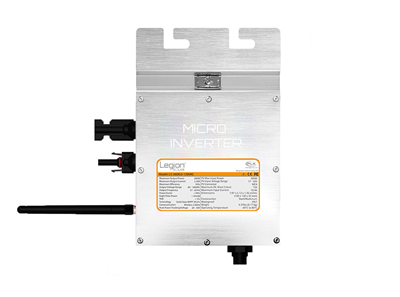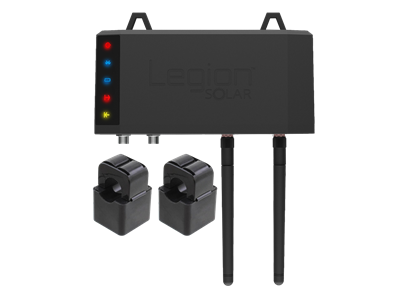Well, looks like one of my two GTIL inverters died today.
I smelled the faintest of smells like something was overheating yesterday but suspected that smell was coming from my BMS.
When this more heavily-loaded GTIL tried to start up this morning, the display switched to a fine-text display with two red lines and then it turned off before I could read what the text said.
I first put that GTIL in service 18 months ago and it has produced ~1800-1900 kWh of power over that time.
I may try to follow your efforts to replace a burned FET but the bottom line is that these GTILs are fragile and cannot take the stress of being run anywhere near their maximum (as you stated).
This unit ran an average of 275W of output (35% of the 800W maximum).
I smelled the faintest of smells like something was overheating yesterday but suspected that smell was coming from my BMS.
When this more heavily-loaded GTIL tried to start up this morning, the display switched to a fine-text display with two red lines and then it turned off before I could read what the text said.
I first put that GTIL in service 18 months ago and it has produced ~1800-1900 kWh of power over that time.
I may try to follow your efforts to replace a burned FET but the bottom line is that these GTILs are fragile and cannot take the stress of being run anywhere near their maximum (as you stated).
This unit ran an average of 275W of output (35% of the 800W maximum).




